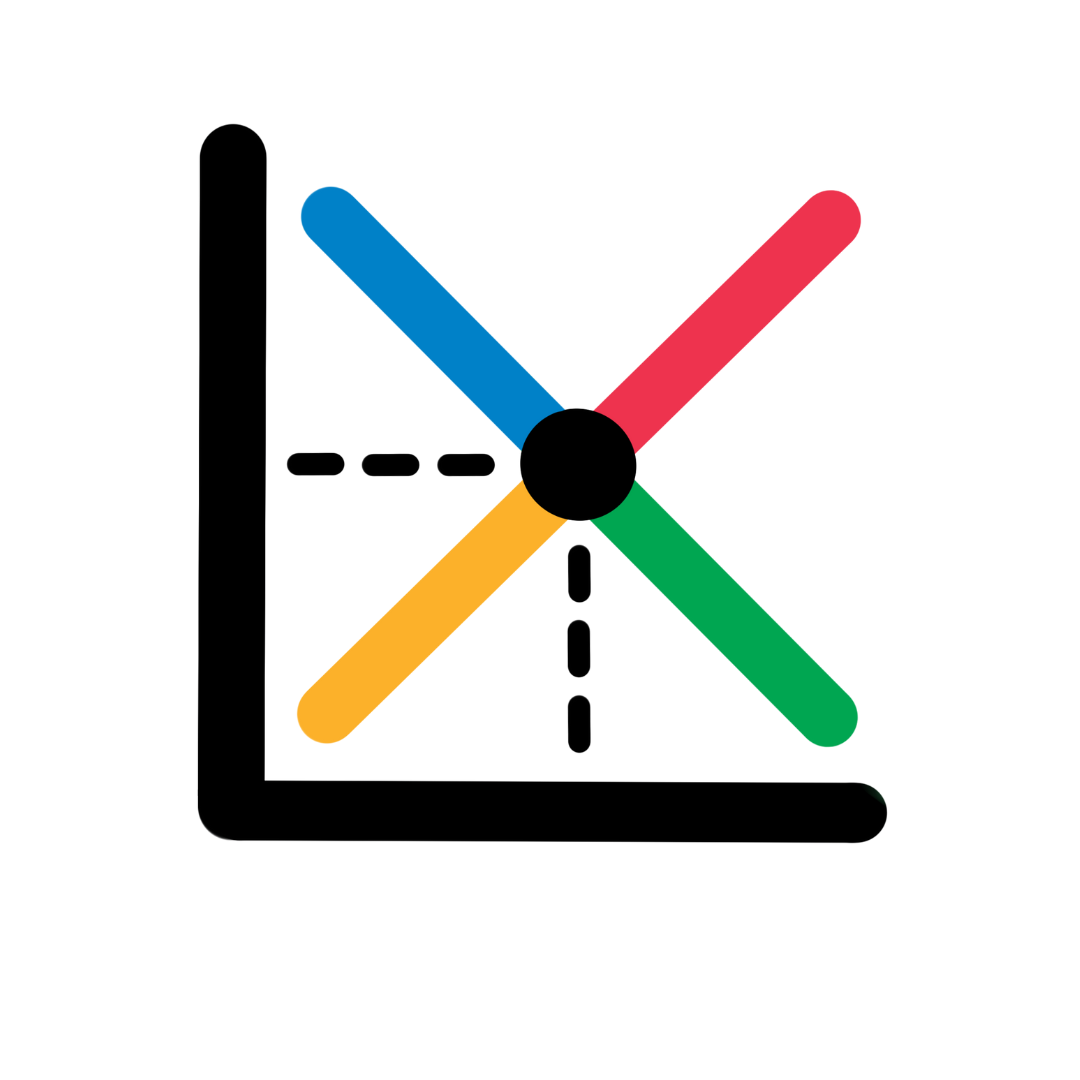Topic 2: Supply and Demand
We now come to the most popular part of economics, the one that everybody names when asked what economics is about: Supply and Demand . Here is a very simple explanation of how the forces of supply and demand work in the economy:
VIDEO Link Here As the video explains, demand is how much people in the economy actually want to buy the product at whatever price it’s being offered at, and supply is how much suppliers are willing to supply it at that price. Of course, quantity demanded decreases as price increases: more people are willing to purchase the product. On the other hand, quantity supplied increases because suppliers will end up getting more money for that price.
For a more graphical approach and a discussion on the reasons why demand slopes down, as well as what factors actually contribute to the changes in demand, here is a great video:
VIDEO Link Here And here is the supply video to go along with that one:
VIDEO Link Here However, supply and demand are both very broad terms: what does they actually cover? Well, one use of supply and demand is to show what is going on in the entire economy, which is what we call aggregate supply and aggregate demand . Here is a great article about those two concepts:
Aggregate demand and aggregate supply curves (by Khan Academy) Great job! You finished module 2!
Quiz Take this quiz to test your knowledge!
Why does the demand curve slope downward?
As price increases, the quantity demanded decreases because fewer people are willing or able to buy the product.
Correct! As prices go up, fewer people can afford or want to buy the product.
As price decreases, the quantity demanded decreases because more people are willing to buy the product.
This is incorrect as demand typically increases when prices decrease.
The demand curve slopes upward due to increasing opportunity costs.
Demand curves typically slope downward, not upward.
The demand curve remains flat because quantity demanded does not change with price.
The demand curve is not flat; it slopes downward.
What happens to the quantity supplied as the price of a good increases?
The quantity supplied decreases because suppliers want to sell less at a higher price.
Suppliers generally want to sell more, not less, at higher prices.
The quantity supplied increases because suppliers can earn more revenue at a higher price.
Correct! Higher prices typically incentivize suppliers to produce and sell more.
The quantity supplied remains the same regardless of price.
The quantity supplied usually changes with price, so it wouldn't remain the same.
The quantity supplied decreases as suppliers run out of goods.
The quantity supplied doesn't decrease simply due to running out of goods; it's more related to the price.
What is the point where the supply curve and demand curve intersect called?
Surplus
A surplus occurs when supply exceeds demand, not at the intersection.
Market Equilibrium
Correct! Market equilibrium is where supply equals demand.
Shortage
A shortage happens when demand exceeds supply, not at the intersection.
Price Floor
A price floor is a government-imposed limit, not the intersection point of supply and demand.
Which of the following factors can cause a shift in the demand curve?
A change in the price of the good
A change in the price of the good results in movement along the curve, not a shift.
A change in consumer income
Correct! A change in consumer income can increase or decrease demand, shifting the curve.
A change in the quantity supplied
A change in quantity supplied affects the supply curve, not demand.
A change in government regulation
Government regulation can affect supply or demand, but it’s not as direct as consumer income.
What might cause the supply curve to shift to the right?
An increase in production costs
Higher production costs would shift the supply curve to the left, not right.
An improvement in production technology
Correct! Improved technology can make production more efficient, increasing supply.
A decrease in the price of the good
A decrease in the price would lead to movement along the curve, not a shift.
A decrease in the number of suppliers
Fewer suppliers typically reduce supply, shifting the curve left, not right.
A government-imposed price ceiling is set below the market equilibrium price. What is the likely result?
A surplus of the good
A price ceiling below equilibrium leads to a shortage, not a surplus.
A shortage of the good
Correct! A price ceiling below equilibrium usually results in higher demand and lower supply, causing a shortage.
No effect on the market
A price ceiling below equilibrium generally causes a shortage, not no effect.
An increase in production
A price ceiling typically leads to lower production, not an increase.
Aggregate demand in an economy includes the total demand for which of the following?
All goods and services at various price levels
Correct! Aggregate demand includes all goods and services across various price levels.
Only essential goods and services
Aggregate demand includes all goods, not just essential ones.
All goods and services at a specific price level
Aggregate demand considers various price levels, not just one.
Only luxury goods and services
Aggregate demand includes all types of goods, not just luxury items.
Which of the following is likely to decrease the supply of a good?
A decrease in the price of raw materials
Lower raw material costs generally increase supply.
A natural disaster that disrupts production
Correct! A natural disaster can reduce the ability to produce, thereby decreasing supply.
A government subsidy for production
Subsidies usually increase supply by lowering production costs.
An increase in the number of suppliers
More suppliers generally increase the supply of a good.
